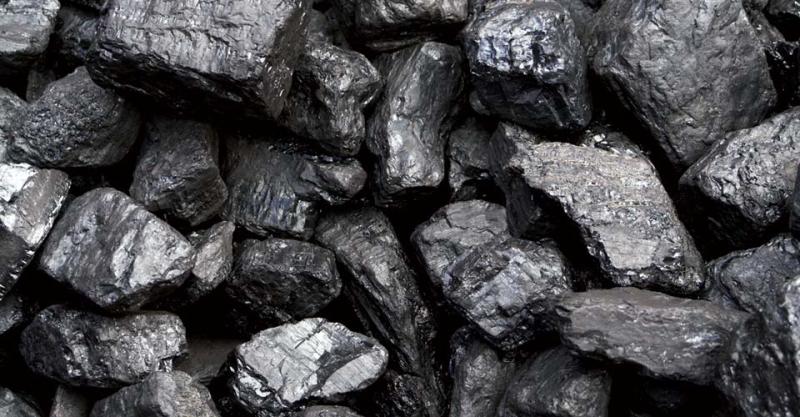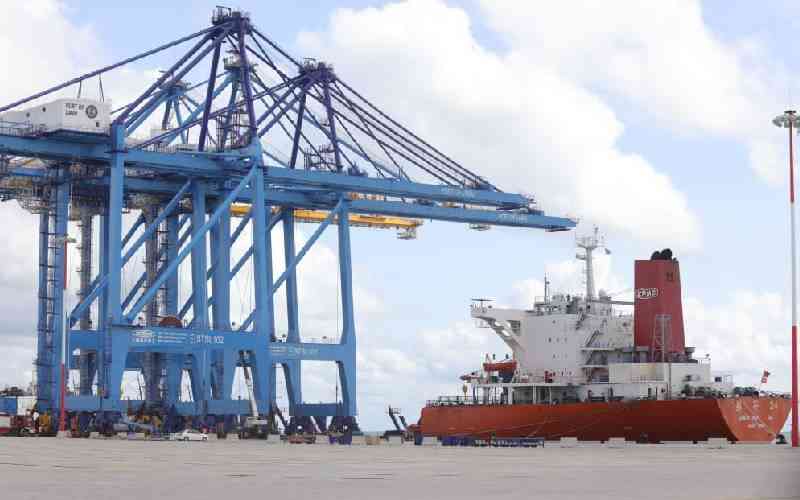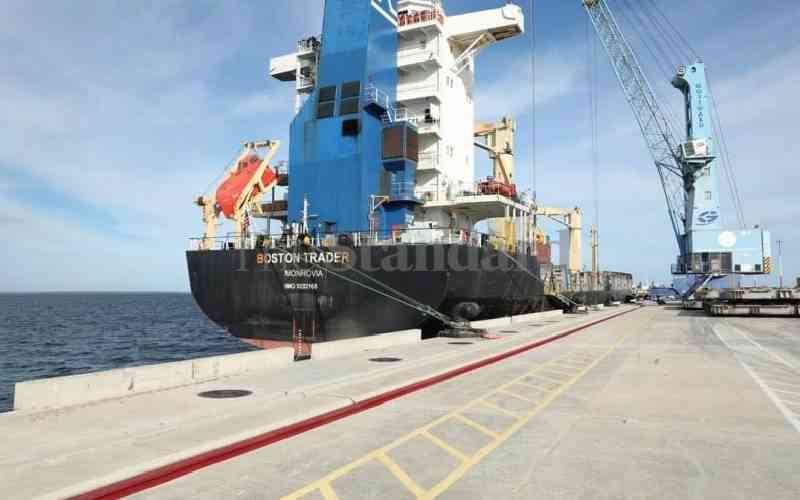
A senior official from the Energy Regulatory Commission (ERC) early last month said the regulator would ask developers of the Lamu coal plant to scale it down.
This would see the company – Amu Power – build a power plant with a capacity of between 150 megawatts (MW) and 200MW during the first phase of the project. This is about half of the planned 350MW. When finalised, the project would have hit a maximum capacity of 600MW and not the 1,050MW initially proposed.
The following day, however, ERC retracted the director’s position. It ‘clarified’ that there has been no review of “the terms and conditions under which the Amu coal power plant was approved and licensed”.
This means that the plant will be constructed as planned – in three phases of 350MW each, over 42 months. Of this, 981MW will be fed to the national electricity grid while the plant will use the balance for its operations.
What played out could be a pointer to a regulator whose senior personnel are pulling in different directions when it comes to the power plant.
The seeming division over coal is not unique to ERC’s C suite. There have been many instances where officials from the Energy and Environment ministries have clashed openly over the merits and demerits of coal power.
The ERC position is the latest indication that the Government is intent on implementing the project, come hell or high water. The planned plant has been the subject of heated debate, legal battles and street demonstrations.
Questions abound as to whether the country needs coal power despite vast resources such as geothermal.
Other salient issues include the choice to set up in Lamu that is home to a UNESCO World Heritage Site and how harmful emissions and waste will be handled during the life of the plant.
With Government backing Amu Power (owned by Gulf Energy and Centum Investments), construction seems set to start in the coming months, with the only stumbling block being a case at the Environment Tribunal.
Amu Power also has Chinese and American backing, with the other investors in the plant being General Electric and China Power Global. The opponents of the project, whose face has been the Save Lamu non-governmental organisation, are underdogs in the fight, banking on support from segments of the community.
Save Lamu also enjoys support of local and global environmental bodies that have bankrolled their campaigns including street protests in Nairobi, with a recent one that culminated in handing a petition to Parliament.
It is however not lost on the organisation that construction of the coal plant is almost a done deal, considering State’s resolve and area MPs abandoning the resistance midway.
Activist Okiya Omtatah has been on the list of those opposing the project and last week he filed a suit in court, seeking to stop the initiative over what he says is false information by Amu Power.
Stay informed. Subscribe to our newsletter
An earlier case he had filed in Mombasa against the plant was dismissed.
Threat of emissions
Kurrent Technologies which conducted environmental and social impact research for the project on behalf of Amu Power noted that while the threat of emissions is real, it had made ample recommendations on how to bring them down to levels that are not harmful to people and environment.
In its Environmental and Social Impact Assessment (ESIA), it recommends the use of what is globally termed as clean coal technology.
Though opinion is divided on the extent to which the clean coal technology reduces the emissions, the firm said the ‘ultra-super critical coal technology’ that GE is bringing to the project will cut down the emissions. Kurrent Technologies Chief Operating Officer Sanjay Gandhi said the coming on board of GE after signing a Sh50 billion agreement with Amu Power to use its technology in the plant will see a drop in the level of emissions than what had been anticipated in the ESIA, whose proposals were on the inferior super critical technology.
The major emissions from a coal plant are sulphur dioxide, nitrous oxide and soot, which are all harmful to the environment and human health.
There is also the major concern of carbon dioxide emissions. According to the US Energy Information Administration, the combustion of coal adds carbon dioxide to the atmosphere per unit of heat energy, more than the combustion of other fossil fuels.
Carbon dioxide is a major greenhouse gas, the group of gases contributing to global warming.
Gandhi said close to a third of the cost of putting up the plant would be in systems aimed at reducing the emission. This would translate to about Sh60 billion of the Sh200 billion that will be invested in the plant.
He noted that the Save Lamu organisation in its ‘decoalonise Lamu’ campaign has been using arguments they can’t back with facts. “There are allegations that we are going to see 1,600 premature deaths and I have wondered what is going to cause this but there is usually no answer beyond that,” said Gandhi.
“Have they studied documents so that they argue from a point of information or are they just bringing conjecture?”
“ No Government in its right senses would want to bring a project that will be harmful to the people of that country,” he said. According to GE, moving from super critical to ultra-super critical technology will reduce emissions by up to 20 per cent by increasing efficiency from about 40 per cent to 47 per cent.
“When you move from super critical to ultra-super critical technology for 1000MW, you save about 400,000 tonnes of carbon dioxide per year which is equivalent to 86,000 diesel vehicles out of the road. It is significant just by changing technology,” said George Njenga, GE regional executive for Sub-Sahara Africa.
Omtatah however said there is nothing like clean coal.
According to the suit he filed last week, Amu Power is deliberately trying to hoodwink Kenyans that the plant is harmless.
Save Lamu holds that however much money is put to reduce the emissions, the overall impact would not make a big difference. Save Lamu Secretary Walid Ahmed said the plant would emit the harmful gases into the environment despite the billions that Amu Power pumps in to reduce emissions.
Support for the lobby has been thinning, with local leaders lately appearing to support the project.
Does Kenya need coal in its power generation mix? The country has huge and unexplored potential in geothermal, a clean and affordable electricity source.
Estimates show that Kenya can generate up to 10,000MW from the geothermal fields in the Rift Valley. Currently, installed capacity for geothermal is under 1,000MW. There are also other environmentally friendly solar and wind power sources, which though cannot be relied on to provide baseload power, they can be brought on whenever there is a surge in demand.
Amu Power says coal will be one of the cheapest sources for consumers, which is also attractive for investors due to relatively low cost of installation.
The firm will be paid Sh7 per unit supplied to Kenya Power, which is comparable with geothermal but higher than hydroelectricity that is charged Sh3 per unit.
“When Kenya Power is buying electricity, they will go for the cheapest. On the price merit order, hydro is the cheapest followed by coal,” said Amu Power Chief Operating Officer Cyrus Kirima The firm is counting on growth of demand to cement coal use in Kenya.
 The Standard Group Plc is a
multi-media organization with investments in media platforms spanning newspaper
print operations, television, radio broadcasting, digital and online services. The
Standard Group is recognized as a leading multi-media house in Kenya with a key
influence in matters of national and international interest.
The Standard Group Plc is a
multi-media organization with investments in media platforms spanning newspaper
print operations, television, radio broadcasting, digital and online services. The
Standard Group is recognized as a leading multi-media house in Kenya with a key
influence in matters of national and international interest.
 The Standard Group Plc is a
multi-media organization with investments in media platforms spanning newspaper
print operations, television, radio broadcasting, digital and online services. The
Standard Group is recognized as a leading multi-media house in Kenya with a key
influence in matters of national and international interest.
The Standard Group Plc is a
multi-media organization with investments in media platforms spanning newspaper
print operations, television, radio broadcasting, digital and online services. The
Standard Group is recognized as a leading multi-media house in Kenya with a key
influence in matters of national and international interest.










